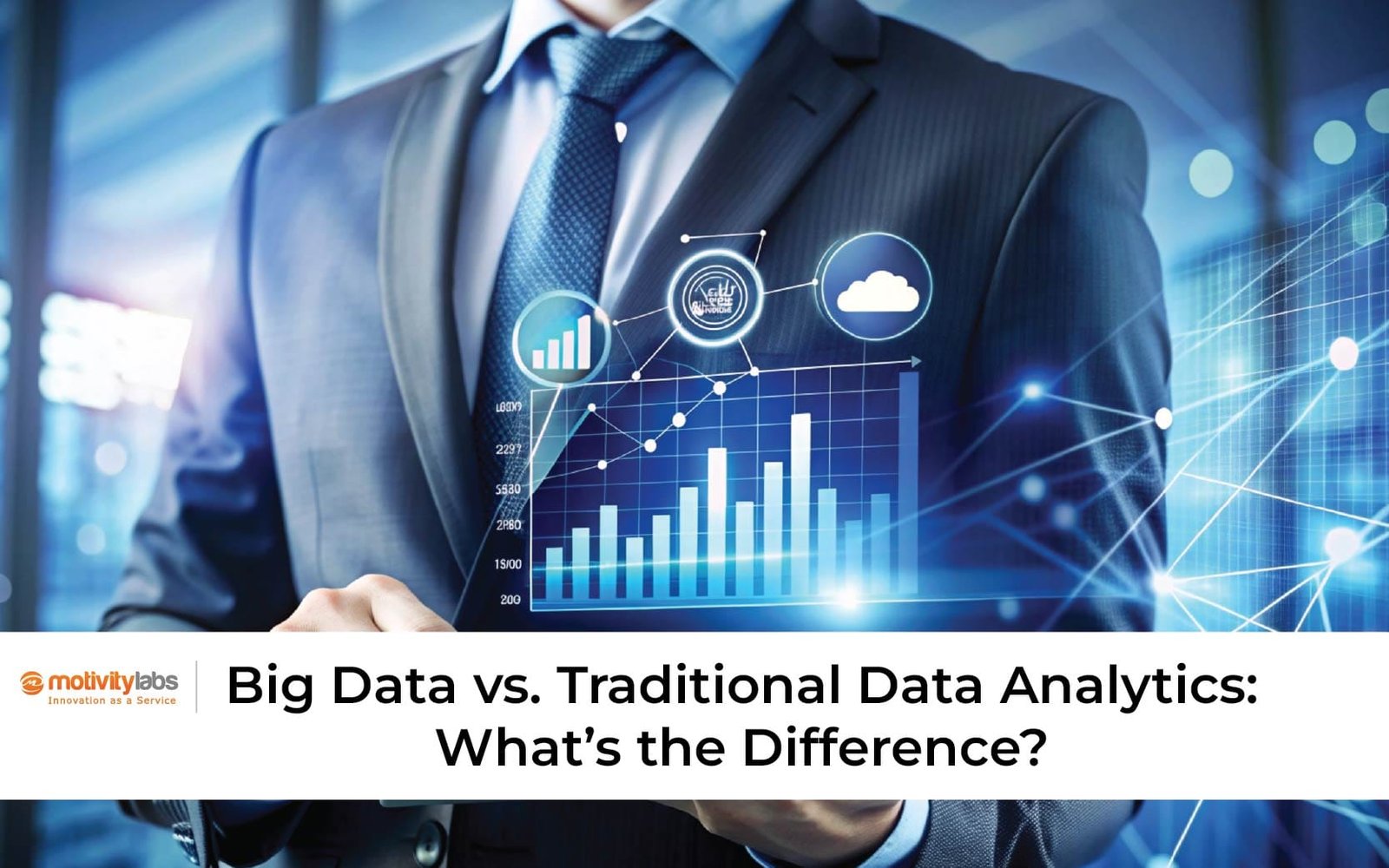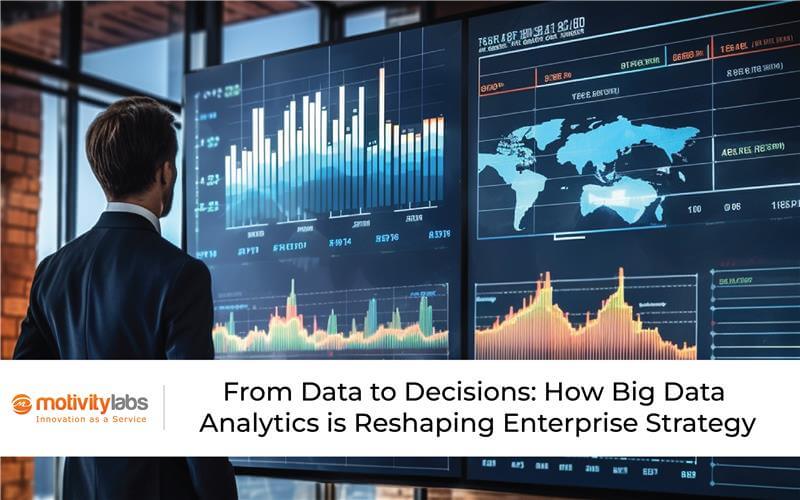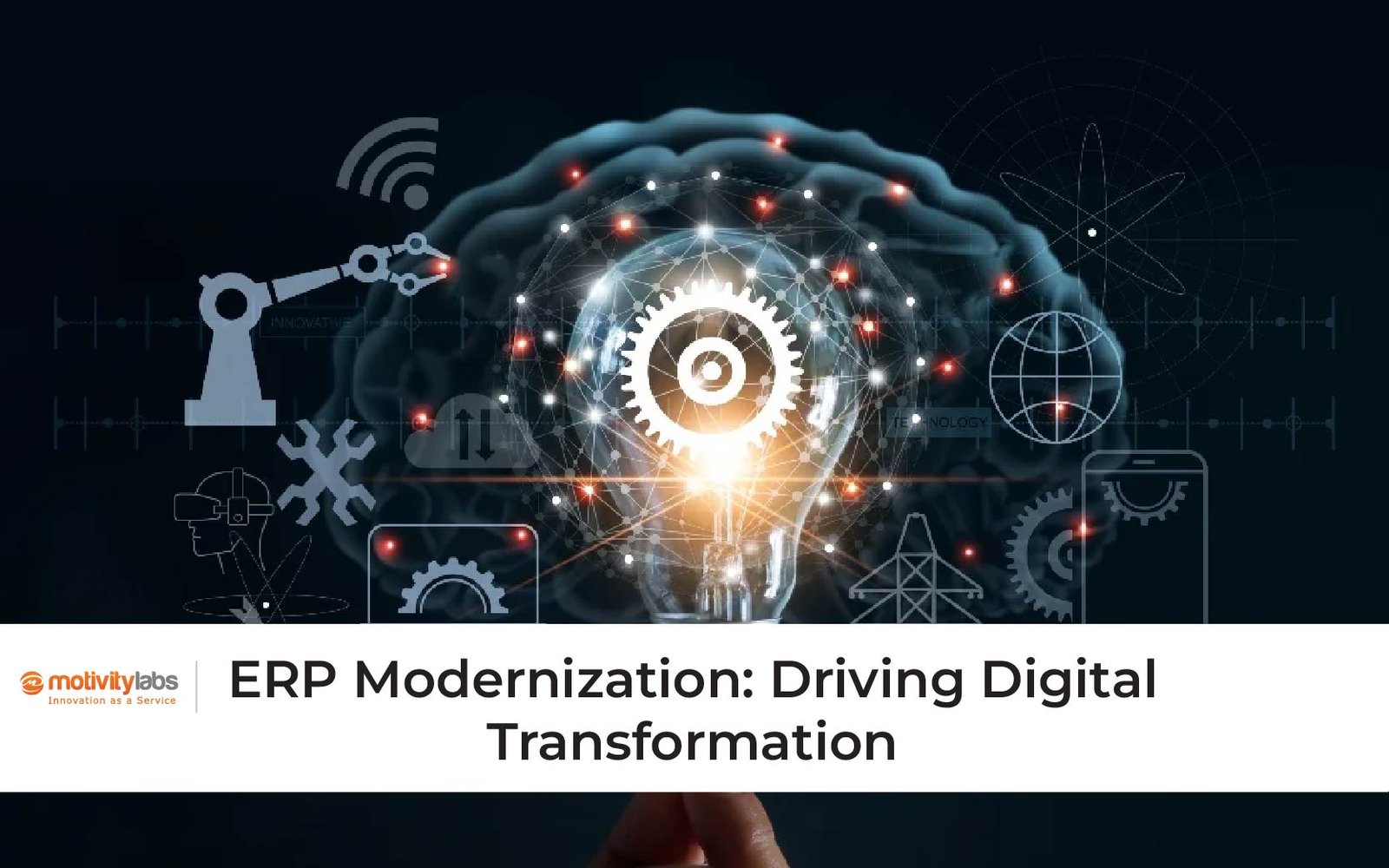Table of Contents
Big Data vs. Traditional Data Analytics: What’s the Difference?
Data refers to the information that enables businesses and organizations to make informed decisions. For several decades, organizations have been processing and storing data to derive valuable insights. Data can be categorized into traditional data and big data, based on factors such as volume, variety, velocity, and the methods for handling it. With technological advancement and exponential information growth, the distinction between big data analytics and traditional data analytics has become increasingly significant for organizations aiming to harness the power of their data.
According to Statista, the big data market is projected to experience significant growth, with its value anticipated to increase from $169 billion in 2018 to $274 billion by 2027.
Traditional data analytics has relied on structured data from specific sources and maintained a limited scope, serving as a cornerstone for decision-making. However, the emergence of big data has significantly changed the analytical landscape. Big data is characterized by vast volumes of diverse, unstructured data from various sources, such as social media, sensors, and digital transactions. The transformation modifies the methodologies for data analysis and broadens the potential insights that can be derived from data.
For organizations, it is essential to grasp the fundamental differences between these two approaches to seek a competitive edge in a data-driven environment. Read to learn the key distinctions between big data and traditional data analytics.

What is Big Data Analytics?
Big data analytics examines large and varied datasets to uncover hidden patterns, correlations, and insights that can drive strategic decision-making. The analytical approach leverages advanced technologies and techniques, such as machine learning, artificial intelligence, and statistical algorithms, to process data from multiple sources in real time. The vast volume, velocity, and variety of big data necessitate specialized tools and frameworks that can handle the scale and intricacies inherent in this type of analysis.
Through big data analytics, businesses can transform raw data into valuable information that informs operational efficiencies, enhances customer experiences, and identifies emerging market trends. Organizations can advance beyond descriptive analytics, which summarize past performance. They can actively engage in predictive and prescriptive analytics. These approaches forecast future outcomes and recommend actionable strategies.

What is Traditional Data Analytics?
Traditional data analytics primarily focuses on structured data from various sources, such as transactional databases and spreadsheets. The approach utilizes statistical methods and fundamental reporting techniques. It aims to extract insights and produce summaries that guide business decisions. Analysts often use descriptive statistics to identify trends and patterns from historical data. It enables organizations to evaluate past performance and make informed choices based on that information.
Traditional analytics is confined to smaller datasets, where data processing and analysis can be conducted using conventional business intelligence tools. It emphasizes a more methodical and less complex approach. Traditional data analytics often relies on pre-defined and well-organized data, making it manageable for businesses with limited resources.
Traditional data analytics are effective for certain applications, such as financial reporting and compliance monitoring. They often struggle to capture the complexity of unstructured data. Additionally, they may not adequately address the wide range of diverse data sources present in today’s digital environment.

Differences Between Big Data vs. Traditional Data Analytics
Several key factors can be utilized to distinguish between big data and traditional data. While the volume of data is significant, greater emphasis is placed on its diversity, velocity, and management. The primary differences between big data and traditional data stem from the methods, strategies, procedures, and objectives utilized to extract valuable insights from the information.
Below are a few prominent differences between big data analytics and traditional data analytics:
Flexibility
A static relational database forms the basis for conventional data operations. Its inherent inflexibility restricts it to accommodating only organized data that conforms easily to predefined patterns.
In contrast, big data encompasses a more unstructured approach, capable of storing both organized and unstructured data through advanced methodologies. The dynamic schema of big data allows for the storage of a broader range of information, resulting in greater versatility.
Scalability and Performance
Traditional data analytics struggle to process vast real-time data efficiently, causing performance bottlenecks. Big data frameworks scale horizontally, enabling simultaneous processing across distributed systems. This allows organizations to analyze large volumes of unstructured and semi-structured data, providing insights impractical for conventional methods.
Performance differences also impact the speed and agility of data analysis. Traditional analytics works with fixed datasets, requiring more time and resources for preparation and processing. Big data analytics, powered by distributed computing and in-memory processing, enables near-real-time insights. Businesses can respond quickly to changing conditions and trends, gaining a competitive edge.
Real-Time Analytics
Real-time analytics go beyond traditional databases, which process data only after an event. While this reduces errors, it limits data usability. Big data enables real-time insights, benefiting industries like manufacturing, transportation, healthcare, and safety. Traditional data analytics often rely on structured data from predefined sources, while big data encompasses a vast array of data types. It includes unstructured and semi-structured formats.
Traditional analytics utilizes batch processing, where data is collected and analyzed at intervals. This results in a lag between data generation and actionable insights. Big data analytics leverages advanced technologies, such as distributed computing and machine learning algorithms, to process and analyze data streams in real time.
Multitudes of Sources
One of the key differentiators between traditional databases and big data is the variety of sources available. Historically, organizations had access to a limited number of data sources, which constrained their competitive edge.
However, in recent years, the proliferation of data sources has grown exponentially, allowing businesses to gather diverse information from numerous origins. It facilitates the acquisition of substantial data volumes and enhances the diversity of data collected.
Distributed Architecture
The architecture of big data and traditional databases exhibits significant differences. The centralized architecture of traditional databases may restrict their versatility and applicability.
In contrast, big data is designed around a distributed architecture, which enhances its cost-effectiveness and scalability. The affordability of big data storage is further supported by attributes such as open-source software and cloud-based storage solutions.
Data Size
One of the fundamental differences between traditional databases and Big Data lies in their respective scales. Traditional databases handle data volumes measured in gigabytes and terabytes, which can be effectively stored on a single, centralized server.
In contrast, big data encompasses significantly larger volumes, often quantified in petabytes, zettabytes, and exabytes. Consequently, this requires the implementation of more advanced analytical and storage solutions.
Take Away
The distinction between big data and traditional data analytics is pivotal for organizations seeking to leverage data effectively. While traditional analytics focuses on structured data from limited sources, big data encompasses vast volumes of unstructured and semi-structured information from diverse channels. The shift expands insights while requiring advanced technologies and analytics to manage complexity and scale.
Motivity Labs empowers organizations to navigate the complexities of big data and integrate it into their strategic decision-making processes. Embracing these advanced analytics capabilities enhances operational efficiency and positions businesses to thrive in an increasingly data-driven landscape.



